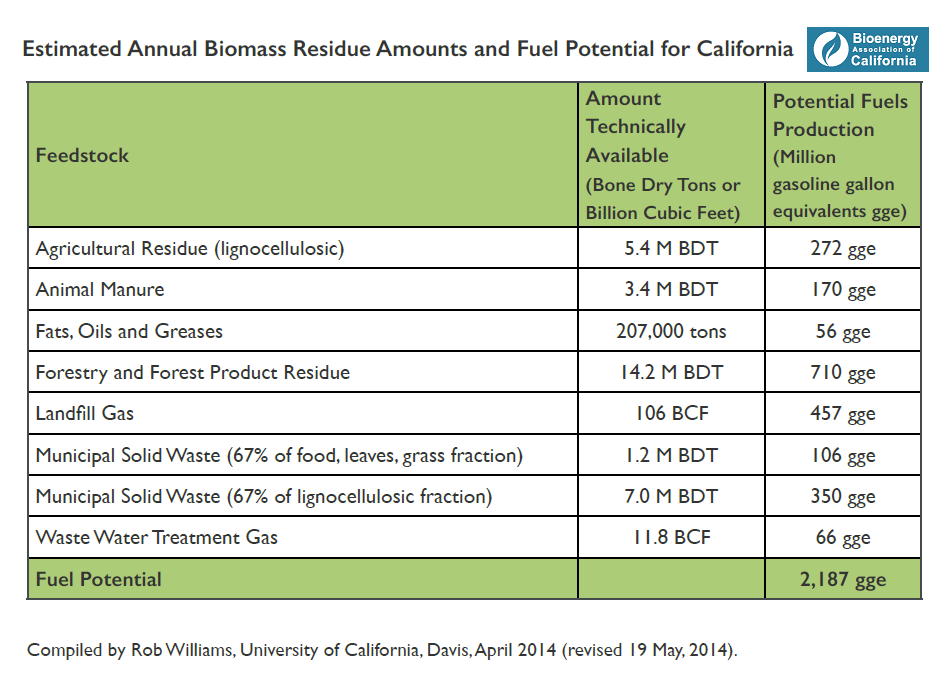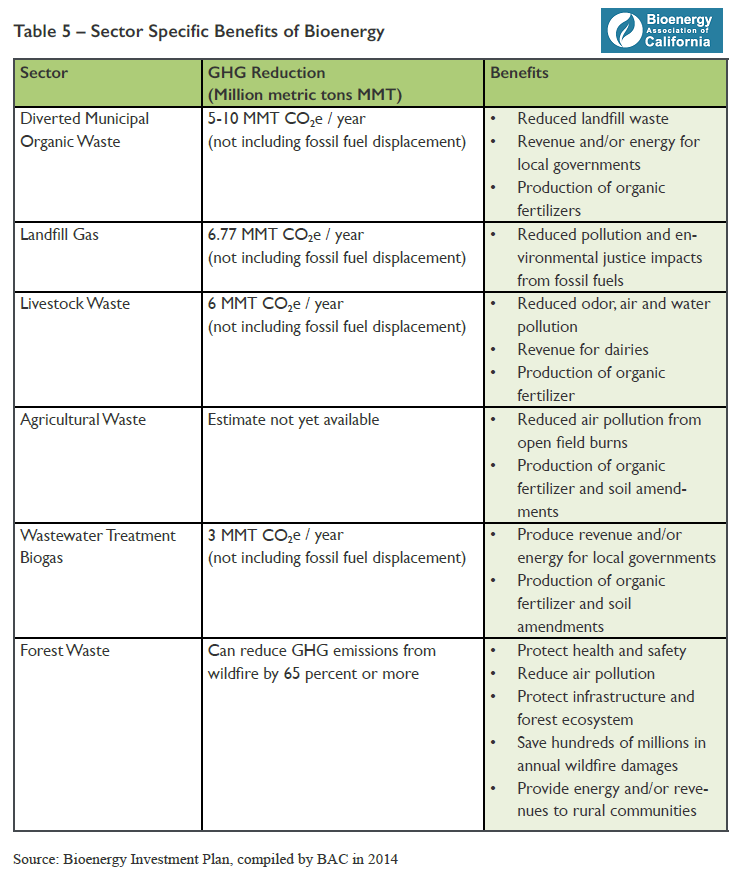The use of natural gas is growing throughout the world as new drilling techniques have opened up vast shale resources and low cost gas is flooding the market. The environmental advantages of natural gas over other fossil fuels have put it in a favored position as emissions regulations continue to tighten around the world. But conventional natural gas is still a fossil fuel with significant carbon emissions that need to be contained.
So how do we avoid damaging carbon emissions while embracing the engineering and emissions advantages offered by natural gas? By blending renewable natural gas (RNG) into the natural gas supply.
Natural gas is primarily methane, the simplest of all hydrocarbons (CH4), and methane is renewable. Methane can be produced in substantial quantities from food waste, farms, sewage and landfills. Renewable methane can be blended in unlimited ratios with fossil natural gas and is undetectable to end-users. There are a wide variety of technologies and feedstocks that can be used to produced renewable natural gas at competitive costs.
Recently, the Bioenergy Association of California issued a report titled Decarbonizing the Gas Sector: Why California Needs a Renewable Gas Standard. The BAC argues that the use of RNG will help eliminate millions of tons of greenhouse gas emissions and provide the lowest carbon transportation fuels among other benefits.
A Renewable Gas Standard (RGS) would be modeled on California’s successful Renewable Portfolio Standard that has contributed to a doubling a renewable electricity in a decade. BAC proposes a very modest proportion of 1% RNG blended into the fossil natural gas supply in 2020 and increasing up to 10% by 2030.
The RGS should apply to all retail sellers of natural gas, beginning with sales that fall under the jurisdiction of the California Public Utilities Commission which covers 82% of the state’s gas sales and expanding ultimately to all utilities and gas providers.
Price impacts to rate payers are expected to be negligible under the proposal as presented because the volume requirements are so modest and the phase in time gradual. Nonetheless it is important that protections are built in to protect rate payers as well as allow utilities to bank and borrow on their compliance measures.
According to figures used by the BAC, organic waste converted into biogas could meet more than 10% of California’s natural gas demand. Total organic waste in CA could be used to produce 284 billion cubic feet (bcf) of renewable natural gas. This RNG is equal to 2.5 billion gge (gasoline gallon equivalents) of transportation fuel, enough to replace ¾ of all the diesel fuel used in the state. Alternatively, the RNG could produce 5,000 – 6,000 MW of flexible electric power generation.
California, like much of the world, has abundant resources to produce RNG. More than 16 million tons of organic waste are landfilled every year in the state. Additionally there are over 500 wastewater treatment plants, 278 landfills, 1600 dairies, and extensive forests. It is estimated that food waste could provide 82 bcf of gas, landfill gas could provide 53 bcf, livestock manure could provide 43.4 bcf, sewage treatment could provide 23 bcf, and forest waste could provide 82.4 bcf every year.
Renewable natural gas can be produced in a variety of ways. The most common is through the process of anaerobic digestion (AD) where microbes in an oxygen starved container decompose organic materials. AD is commonly deployed at wastewater treatment plants to break down sewage and on farms to help dispose of animal manure.
Landfills produce methane naturally through the decomposition of organic materials and in many areas this methane effluent is regulated. So the landfill industry has been collecting the methane in many landfills for years and this is the leading commercial source for renewable natural gas today. The waste disposal industry have been leaders in converting their garbage trucks to run on landfill gas which is typically cleaned up and upgraded to road quality CNG.
In addition to digestion processes, RNG can be produced through gasification of woody biomass and related thermochemical processes. Power-to-Gas offers the ability to convert electric power from renewables and nuclear plants into RNG to help meet energy storage needs. In a related process, CO2 methanation is a technique for recycling captured carbon dioxide back into methane using Power-to-Gas methods.
In addition to providing many jobs and economic opportunities there are many environmental benefits to producing RNG. Aside from reduced carbon emissions resulting from replacing fossil natural gas, use of RNG also reduces fugitive methane emissions by putting the methane to work and also reduces black carbon. RNG production reduces the amount of waste going into landfills and helps reduce wildfires by using by fuel from the forest floor. RNG helps improve energy security and offers flexible and reliable power generations opportunities.
RNG needs policy to support the growth of the industry because currently RNG is more expensive to produce than fossil natural gas. But since RNG offers additional environmental and social benefits of fossil natural gas it should be worthy of public support.
Published at Breaking Energy, Dec. 5, 2014 (.pdf)

